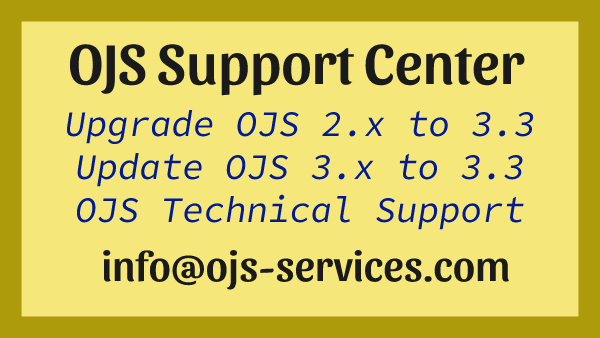Introduction:
In the academic realm, the rapid sharing and publication of scientific research are crucial for facilitating faster access to knowledge. Preprint systems serve this purpose by enabling researchers to disseminate their work to a broader audience quickly. Open Preprint Systems (OPS) stands out as a leading open-source software in this domain, offering a range of features.
What is a Preprint?
A preprint is an unpublished scientific paper that has not yet undergone peer review. Researchers use preprint presentations to quickly share their work and receive feedback. Preprints often provide a platform for discussion among researchers before formal publication in a journal.
Open Preprint Systems (OPS) and Its Features:
- Easy and Step-by-Step Submission Process: OPS provides researchers with a straightforward and step-by-step publication process. Authors are invited to share preprints and research data through a user-friendly submission wizard.
- Facilitating Frequent Updates: Researchers have the opportunity to frequently update their preprints as they accumulate data and progress towards formal publication.
- Dissemination and Discovery: OPS supports the dissemination and discovery of new research through metadata harvesters like Google Scholar, Crossref, and OAI-PMH.
- Multilingual Support: Born in a multilingual environment, OPS allows authors to post preprints in one or multiple languages as needed.
- Moderation: OPS enables screening of preprints before public access and allows the establishment of a moderation policy for trusted authors.
- Preserving the Scholarly Record: OPS tracks changes to preprints with versioned metadata and links preprints to their published versions.
- Custom Branding: Users can create a custom theme for their preprint server or customize the default theme to align with their brand.
- Rich Publication Metadata: Share work in machine-readable metadata formats such as Dublin Core and OAI-PMH.
- Indexing and Archives: OPS automatically distributes work to scholarly indexing services like Google Scholar and Crossref.
- Global Scholarly Infrastructure: Integration with industry standards like DOIs, ORCID authentication, and ROR affiliations.
- Quick Research Retrieval: Assists researchers in searching and browsing preprints organized by subject, discipline, or any desired categories.
- Ownership of Data: No lock-ins or walled gardens. Use import/export tools to move data anywhere, even to a different platform.
- Tracking Success: View detailed reader statistics for each preprint posted on your server.
- Audio/Video and Datasets: Researchers can upload audio and video files or research datasets alongside full-text Word, PDF, and HTML files.
- Run One or Many Preprint Servers: Each OPS installation can run one or multiple preprint servers.
OPS Usage and Services:
OPS requires hosting or a server for usage. As OJS-Services, we offer services such as OPS installation, updates, technical support, and more. This ensures that researchers can easily share and update their preprints while receiving support for technical issues.
Comparison with OJS, OPS and OMP:
It’s worth noting that OJS, OMP, and OPS are interconnected systems. To explore the differences and commonalities between them, interested parties can visit this page. This comparison sheds light on how these systems complement each other, catering to various aspects of the scholarly publication process.



Comments are closed